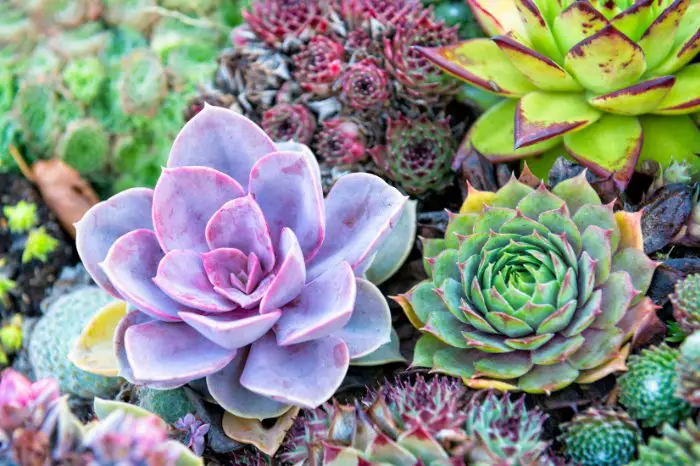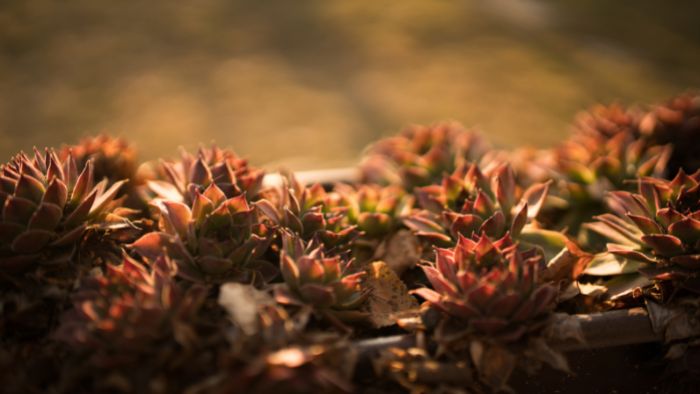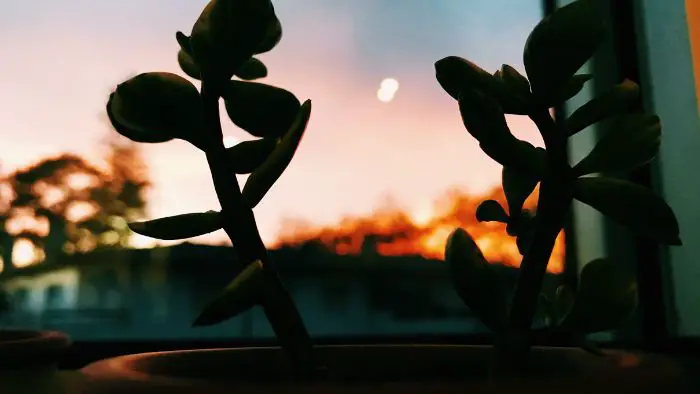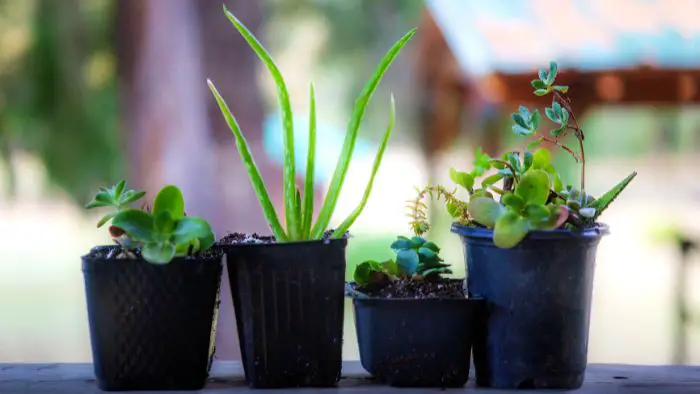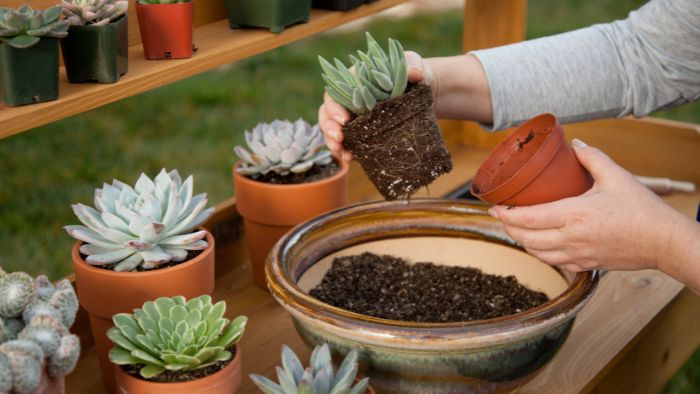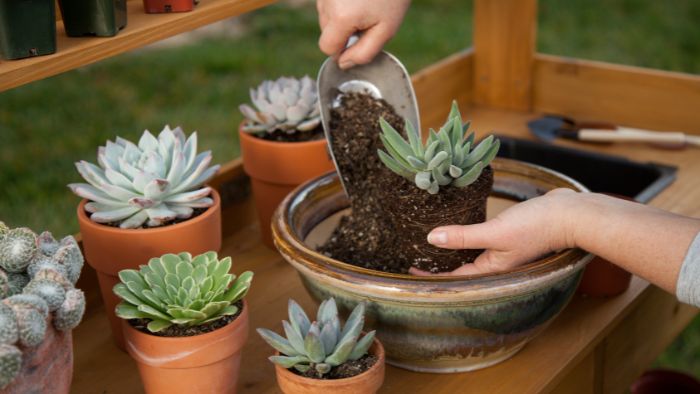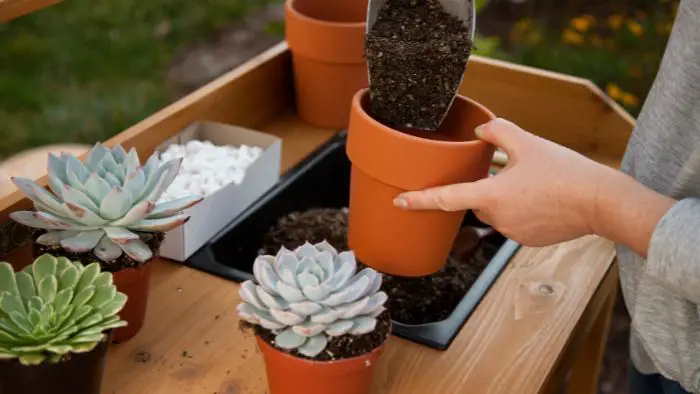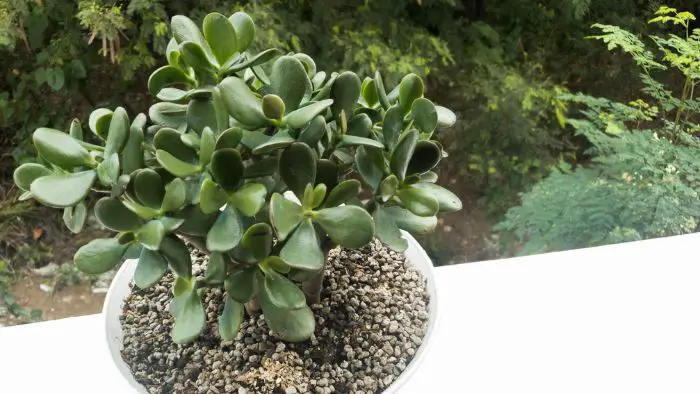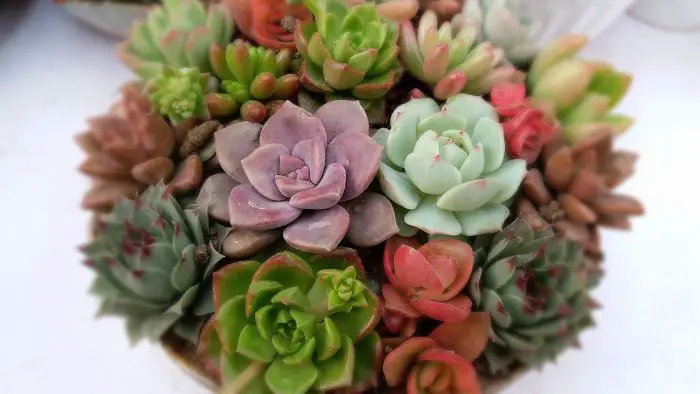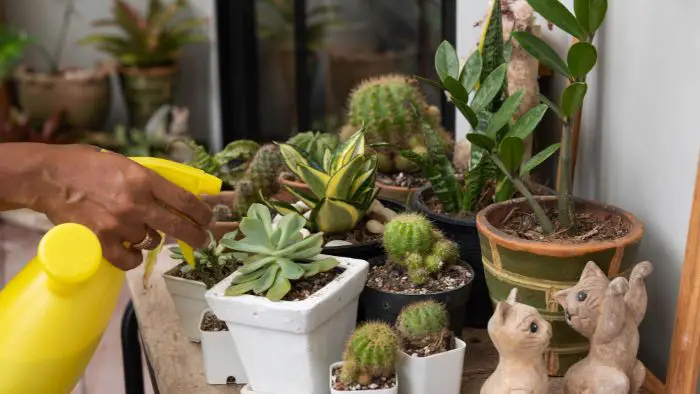Check out this article and learn more about the pesky black fungus on succulents.
Succulents are, without a doubt, one of the most exciting and easiest plants to care for. They can thrive in negligence and come in all shapes, colors, and sizes, making them ideal plants to care for, especially if you’re a busy worker who’s always on the go.
Succulents are drought-tolerant plants with leaves, stems, or roots that are thicker than normal due to the development of tissues that store water. These plants shouldn’t be watered often, especially not on winter days, once every few weeks. In summer, watering will be more frequent, once a week.
However, like all houseplants, succulents can have problems, especially when the growing environment changes. One of the problems that can appear is the black fungus on succulents. Keep reading and find out more below.
Black Fungus On Succulents: How & Why
There are many reasons for brown/black spots on succulents. Pests such as mealybugs, aphids or snails, fungi, rot, sunburn, warts from excessive water, frostbite, puncture, or scratch equivalents. The main reason for this is changing conditions. Black fungus on succulents is usually developing in the damaged plant tissue.
Succulents are mostly accustomed to dry climates. Too much moisture is something they need to learn to deal with. Mold, rot, and warts from overwatering succulents are common, especially in humid, warm regions of the world. Many succulents come from dry environments and hate moisture.
Plants that are not watered often can also fall victim to fungal attacks if there is too much moisture in the air. Fungal infections on succulents produce black or brown, usually rounded spots that can grow and colonize entire leaves.
Black fungus on succulents can appear due to overwatering, sunburn, and frost.
Take Out Time to Also Read:
- Can You Leave Succulents Outside In The Rain?
- Activated Charcoal For Planting; 4 Compelling Things About This Amazing Substance
Why Is There Black On My Succulent?
Regardless of how hardy they are, these beautiful plants are still susceptible to specific problems, both when growing in their natural environment as well as when grown indoors. Hence, it’s common for plant lovers to often struggle with black fungus on succulents.
There are many reasons why your succulents turn black. Excessive watering is one of the most common. If your succulent turns black, it actually means it’s rotting from the roots up. You will recognize this most easily by the leaves, which, in addition to changing color, usually become soft and mushy.
Also, since these plants cannot thrive in every type of soil, this can also be a clear sign that the plant is sitting in the wrong potting mix. Furthermore, this color can appear if the plant gets sunburnt, even in its native environment.
Unfortunately, when the entire plant turns this color, it usually means that there are no more nutrients passing through the leaves and the plant has died.
Organic Neem Bliss 100% Pure Cold Pressed Neem Seed Oil – (16 oz) High Azadirachtin Content
Why Did My Succulent Get Fungus?
Although they belong to the category of the easiest to grow and care for, succulents still have their problems just like all other plants in the world.
Despite the fact that there are more than 60 different families of succulents and about 10,000 plant species, they all share a tendency to develop fungal infections when removed from their natural habitats.
Accordingly, we can confirm with almost 100% certainty that the main culprit for the appearance of fungi is actually a change in conditions. These plants are mostly used to a dry climate, and since we live in much more humid conditions, this is something they have to learn to deal with.
What Does Fungus Look Like On Succulents?
An infected plant is really not difficult to recognize. You don’t need any tools, eye inspection will be enough. All you have to do is look and look for the slightest sign of black or dark brown fungus growth. It is most often found on the outer part of the plant, especially on the outer parts of the leaves.
Click Here to Get Info About:
How Do You Get Rid Of Black Fungus On Succulents?
Frankly, as precious as these plants are, they can be a real nightmare when they become infected with fungus. Keep in mind that the fungus problem can eat succulents in a blink of an eye.
If you notice that your plant is infected with black fungus, there is one mitigating circumstance – of all possible fungus, this one is the easiest to deal with. This usually means that your hardy beauty is affected by mealybugs, aphids, sap-sucking pests, and whiteflies.
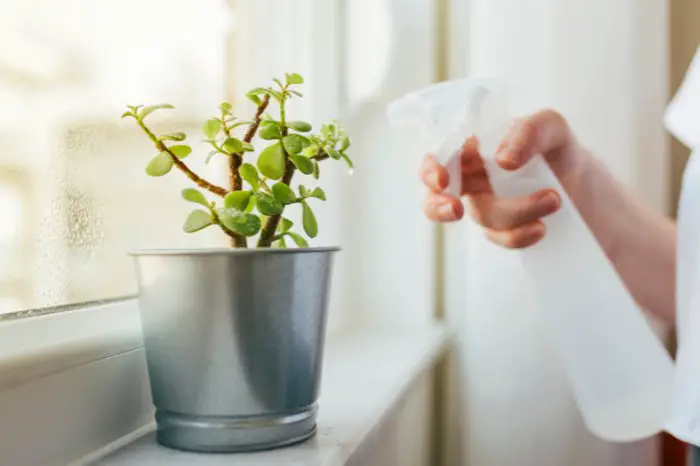
The easiest way to solve this problem is to spray the affected leaves of the plant with an insecticide. You don’t have to worry since you won’t eat the succulents there is no need to hesitate to use insecticides. Consider it your helper whenever you need it, it’s easily available and the best solution for black fungus removal.
Experienced parents advise using a solution of horticultural oil or neem oil. Neem oil is the least toxic but effective fungicide for destroying this type of fungus, especially those that are heavily infected.
That would be it, now you know everything about the pesky black fungus on succulents.
Abstract – Black Fungus On Succulents
The best way to see if the black fungus is on succulents is to examine the leaves, especially on the outside, and see the black marks. Handle succulents carefully and don’t rub the leaves. Once the damage is done, the only way to make the spots disappear is to grow them back.
In summary, black spots or brown spots can arise from many different causes in the succulent environment. They don’t heal and disappear but are covered with new leaves. The next thing you need to pay attention to when caring for succulents is that they have enough sunlight, which they love. Direct sunlight is not always desirable, especially for young succulents as it can scorch them.
Succulents are charming and adored decorations of windowsills or tables. If properly nurtured and cared for, they will repay you with healthy and plump leaves, and some with colorful and sophisticated flower buds.
Have questions about black fungus on succulents? See you in the comment section below.
Also read: How To Start Succulent Seeds? 3 Extremely Simple Steps To Spread The Succulent Love

